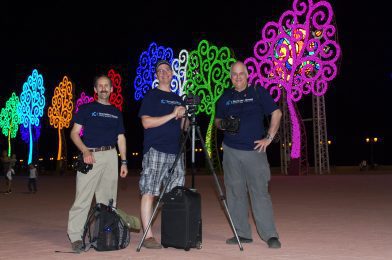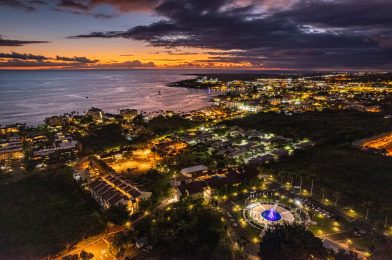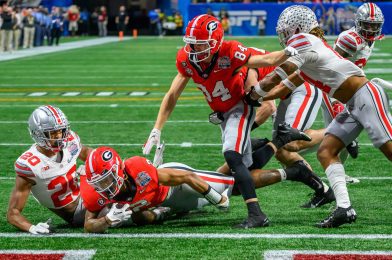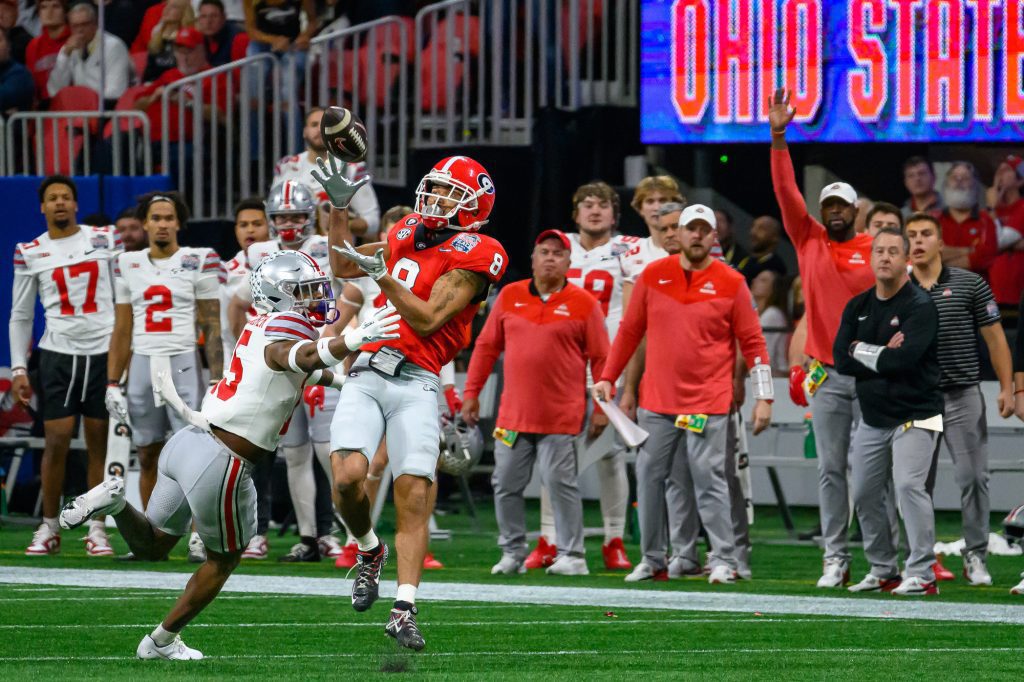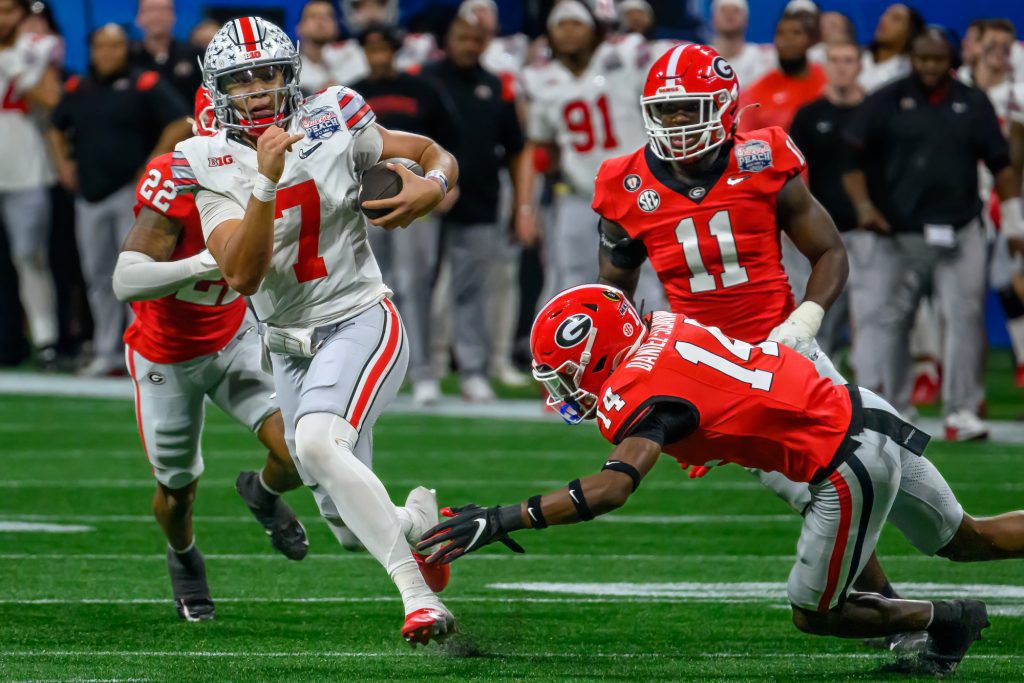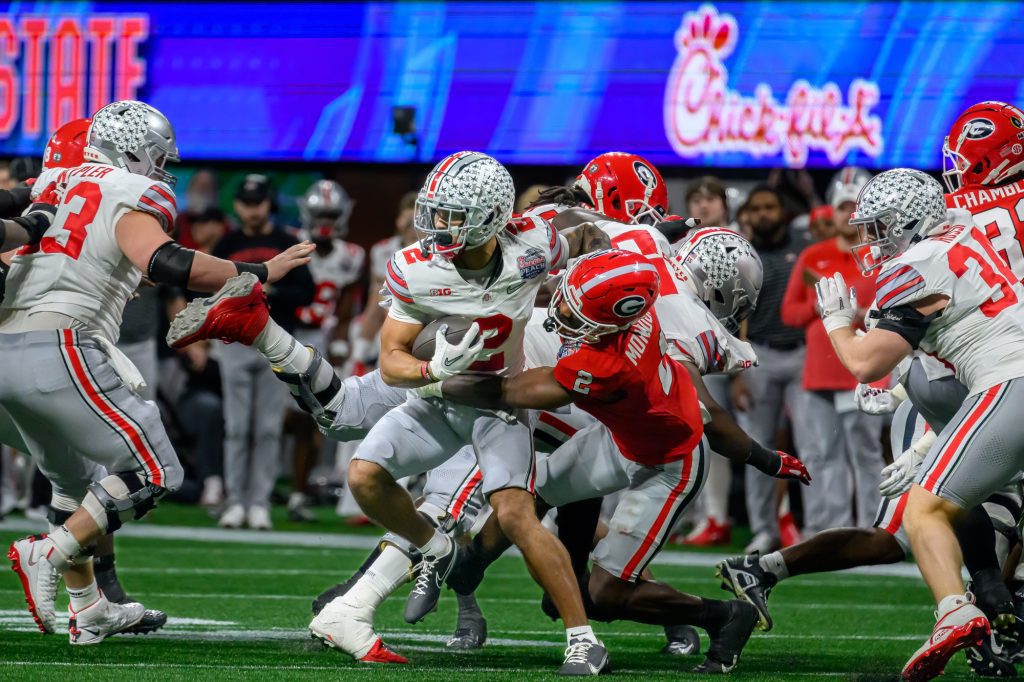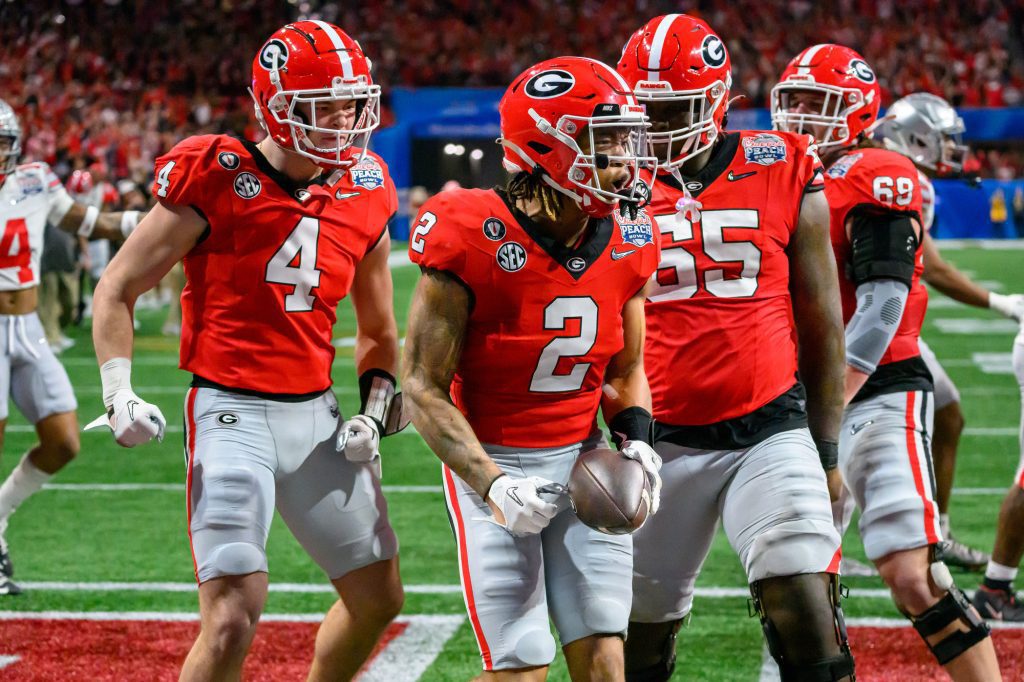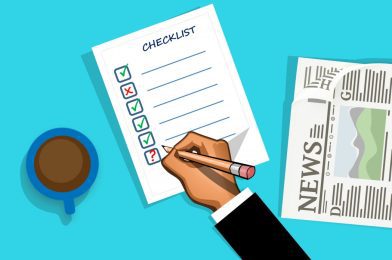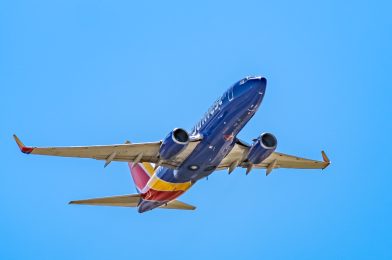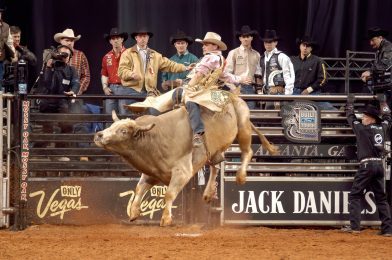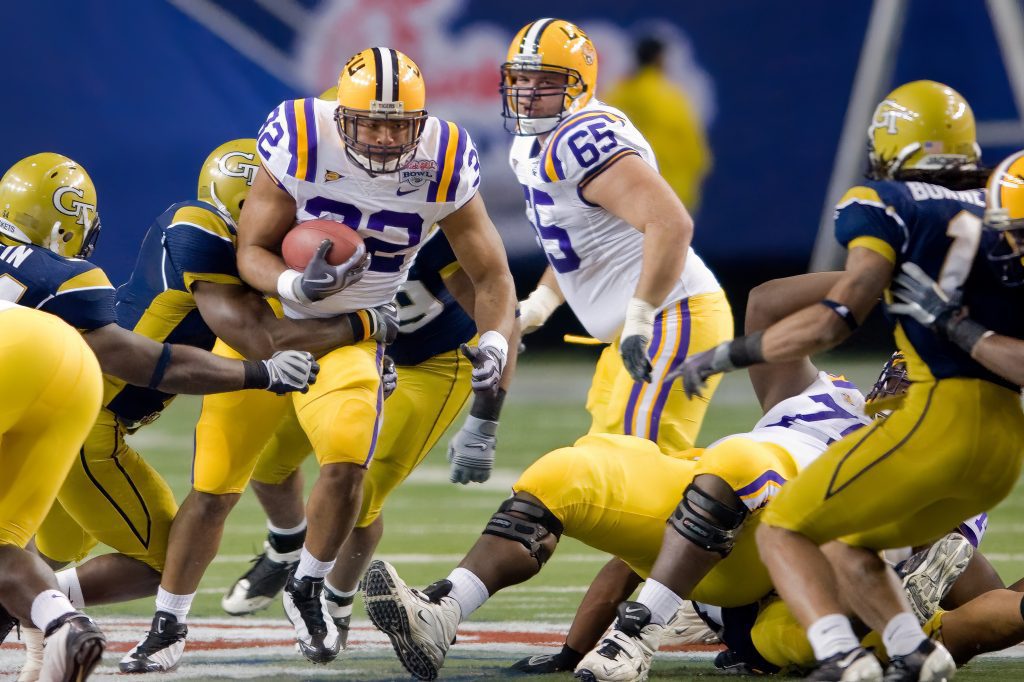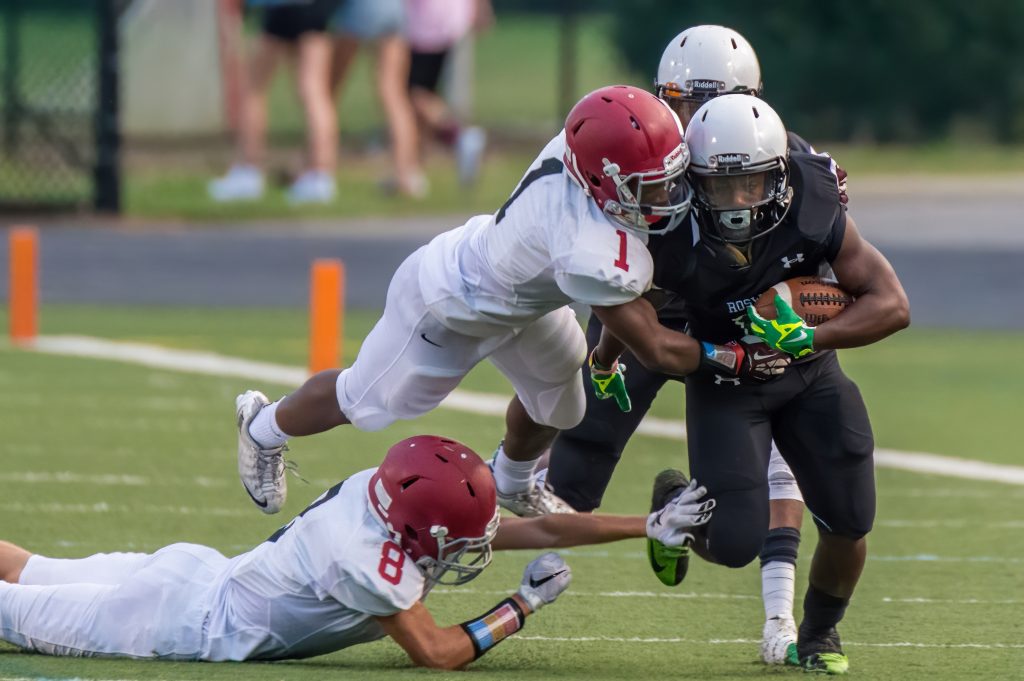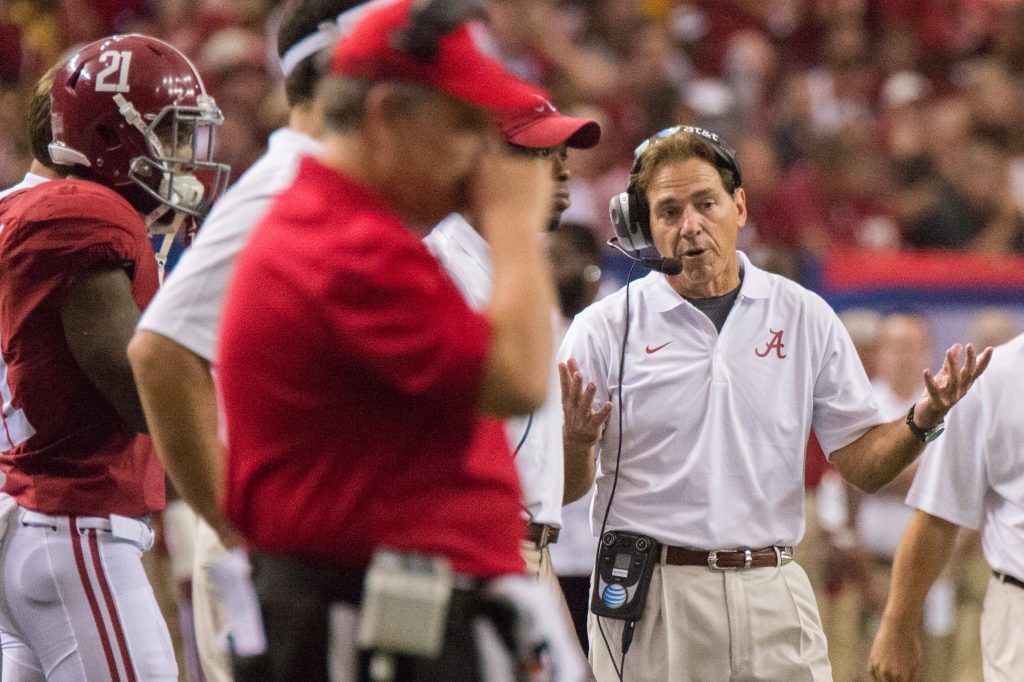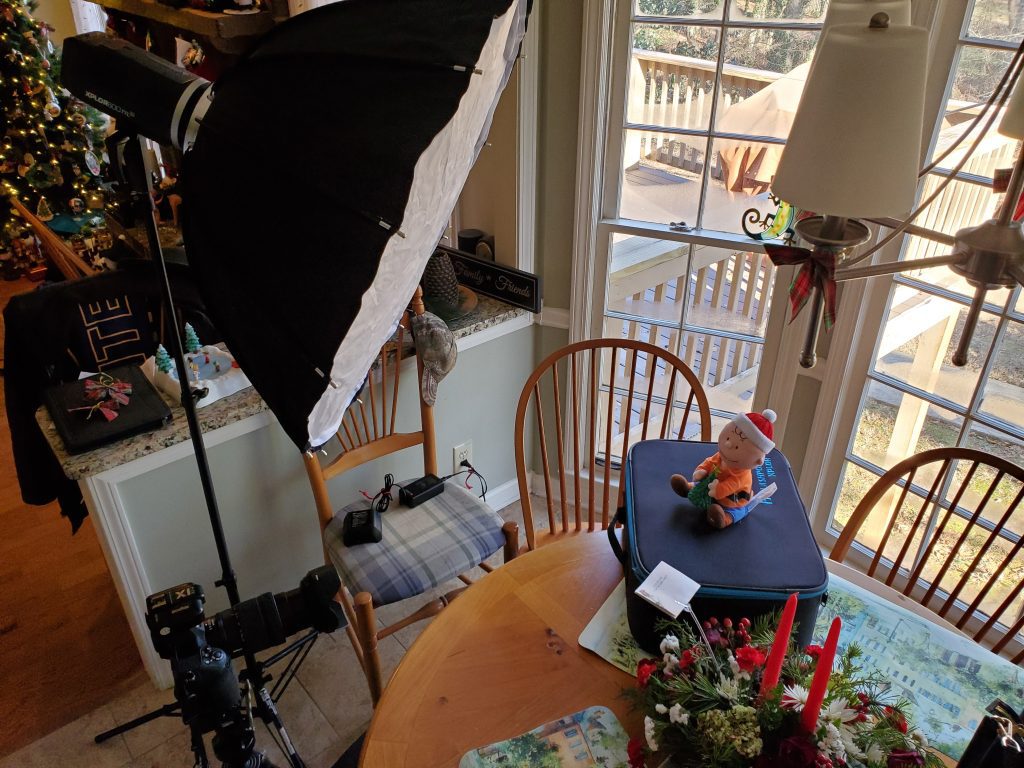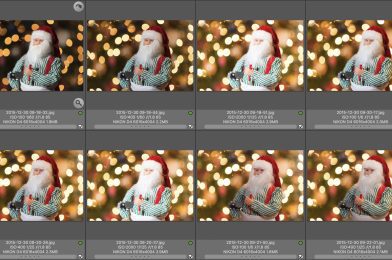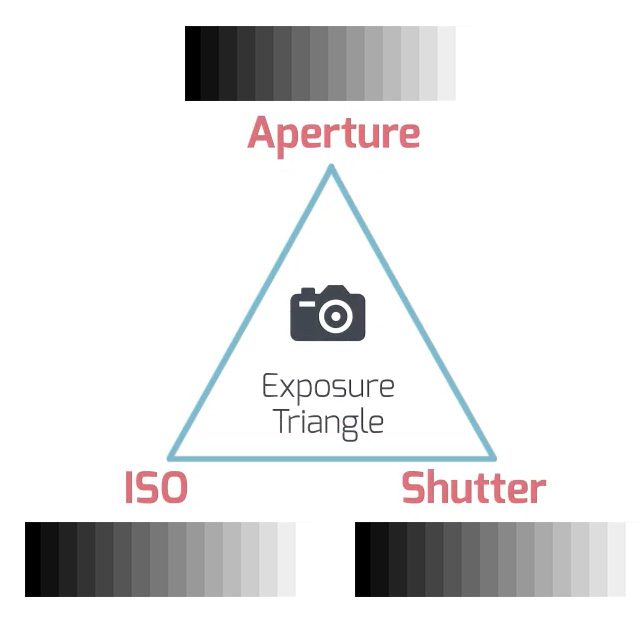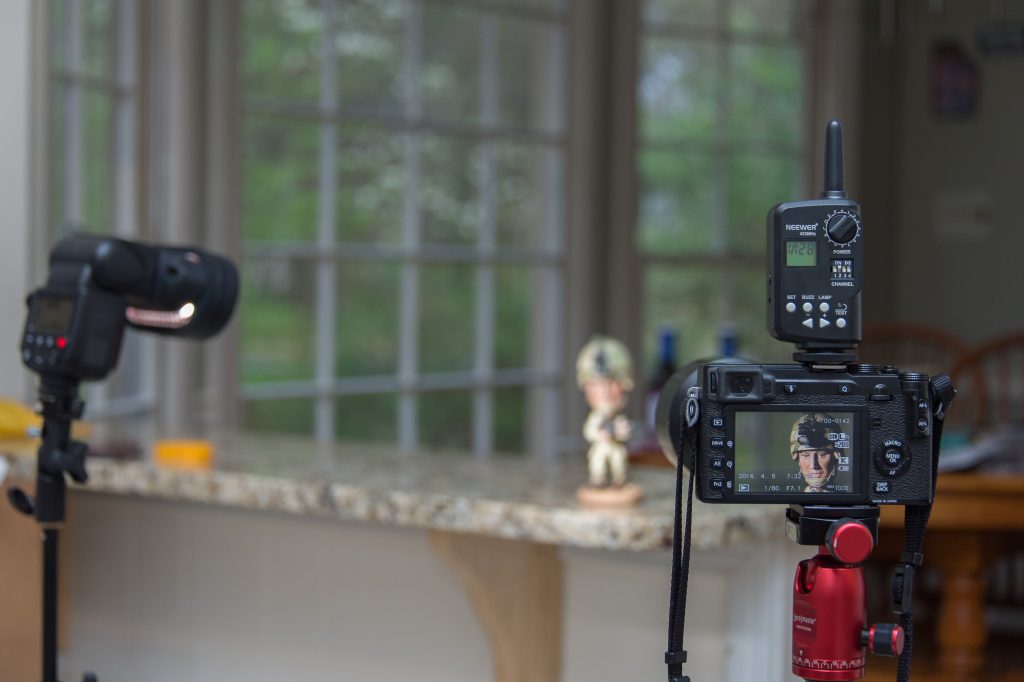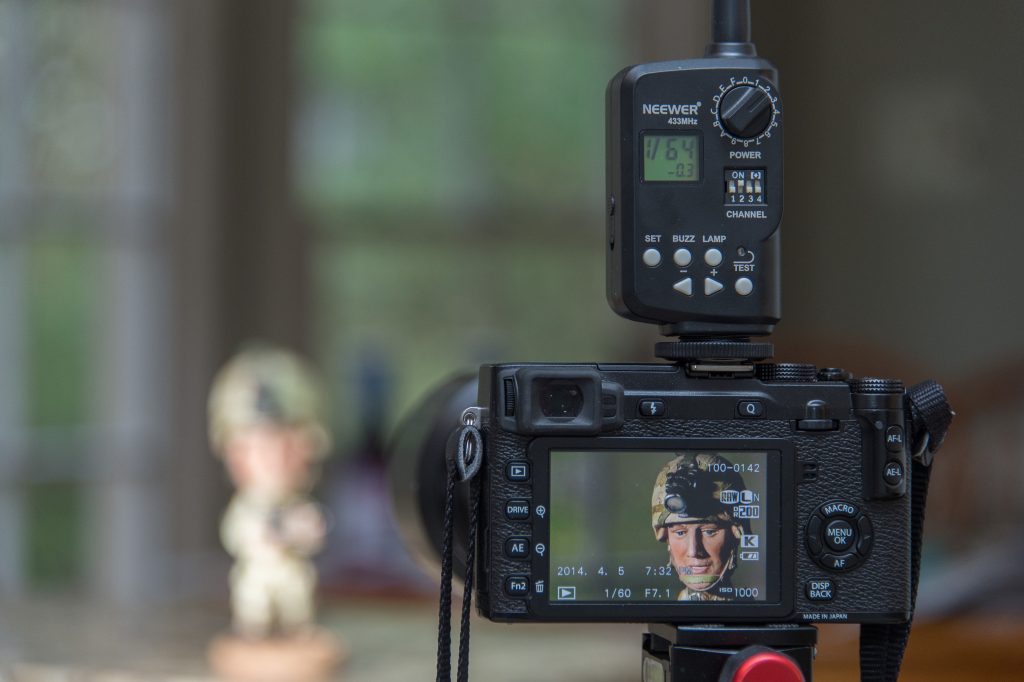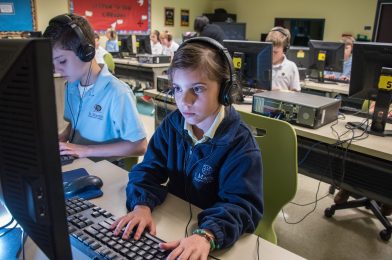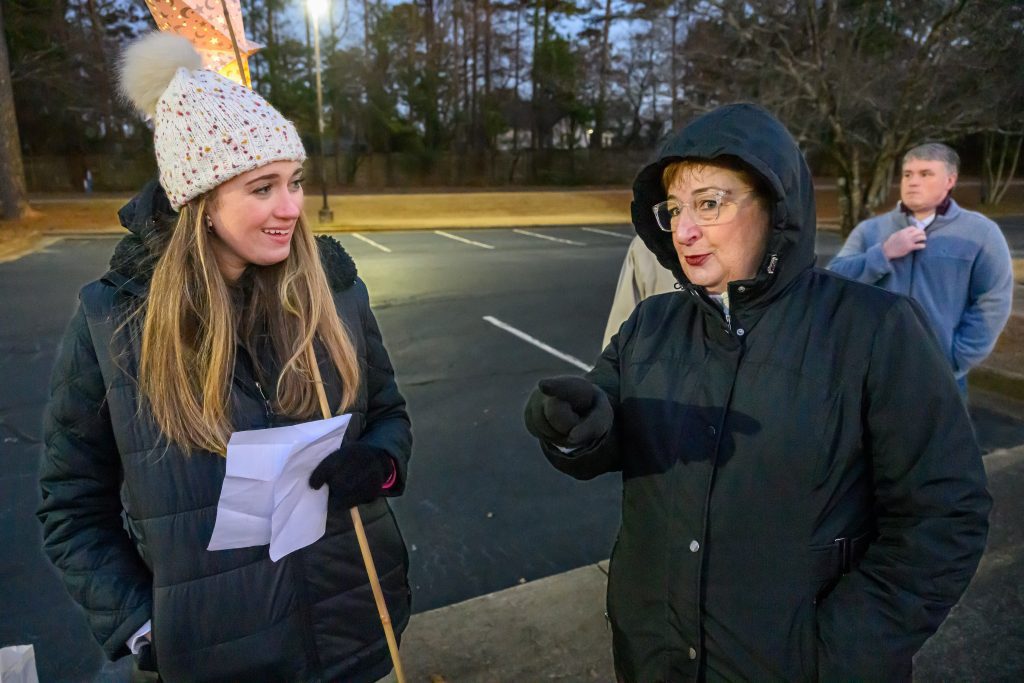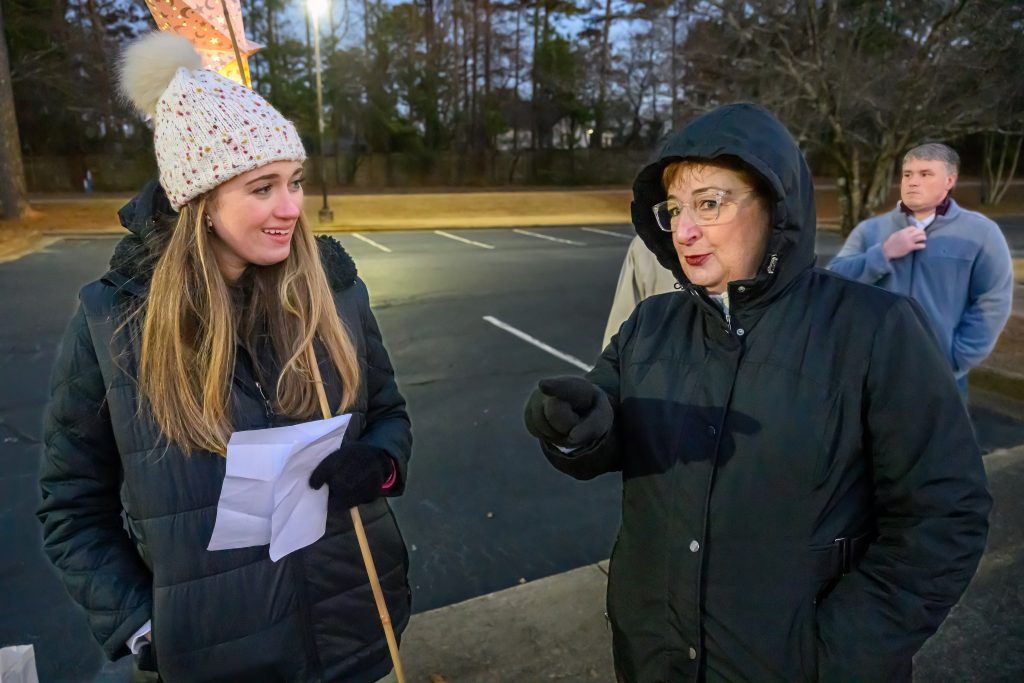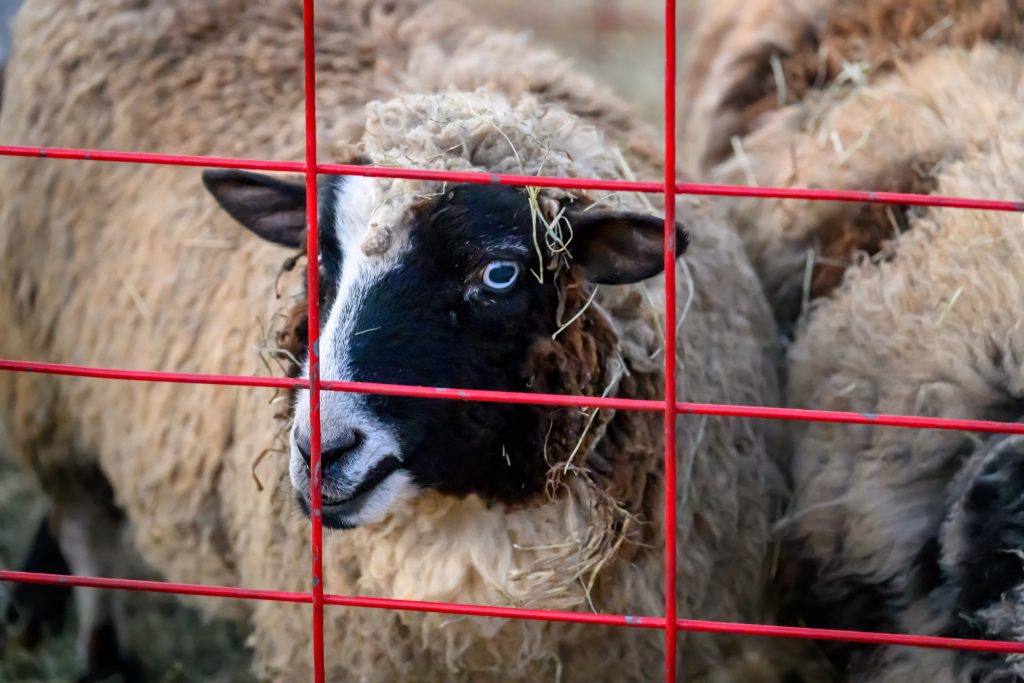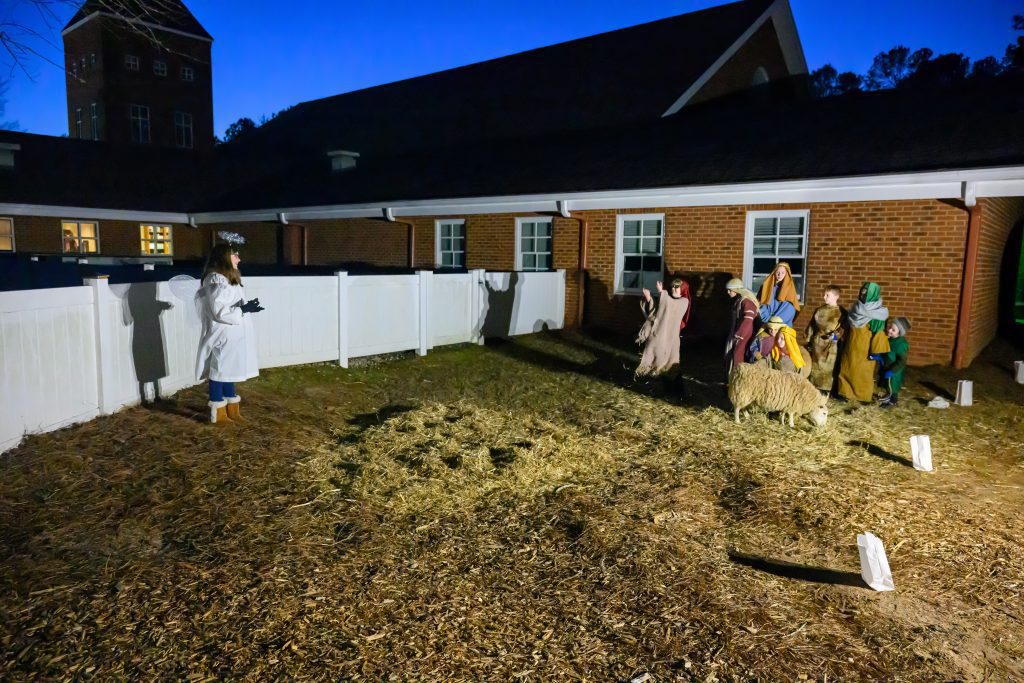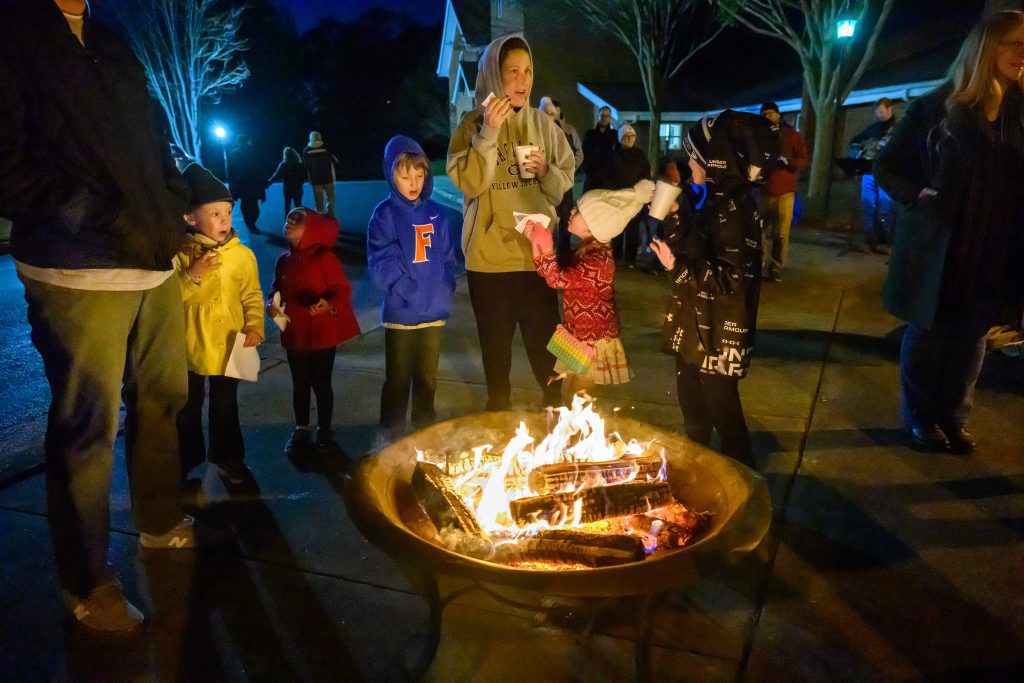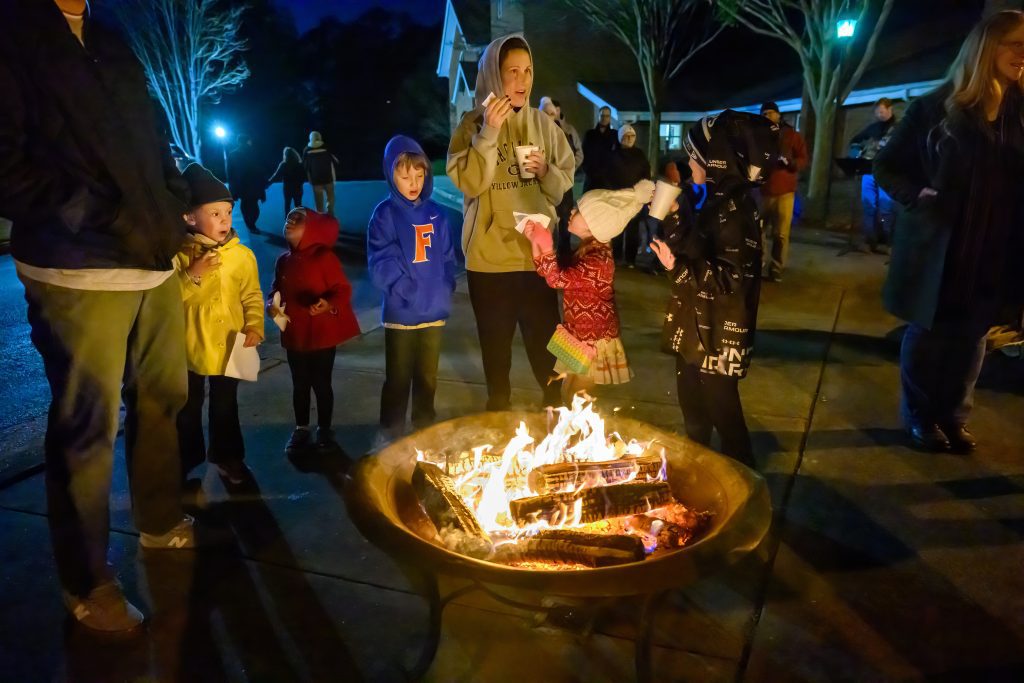Jeff Raymond, James Dockery, and Stanley Leary during the Storytellers Abroad Missions Multimedia Workshop in Nicaragua.
Creating a well-rounded, confident and capable individual is a process that takes time, patience, and much hard work. But how long does it typically take for someone to come into their own?
The answer, unfortunately, is that it varies significantly from person to person. Some people may figure out their passions and goals at a young age and work towards them with determination, while others may take longer to discover what they truly want. Some people may also face more challenges and setbacks along the way, which can delay their progress and make it harder for them to reach their full potential.
Photographers
Photographers need significant time and effort to improve their craft and build a successful business. However, the amount of time it takes for a photographer to be able to support themselves financially will depend on a variety of factors, including the photographer’s level of skill and experience, the demand for their work, and their ability to market and sell their services.
Some photographers can support themselves within a few years of starting their business, especially if they have a strong portfolio and can secure steady clients. Others may take longer to build their client base and may need to supplement their income with part-time or freelance work.
To succeed as a photographer, one must improve one’s skills continuously and stay up to date with industry trends. It can also be helpful to network with other photographers and industry professionals and market oneself effectively through social media, a professional website, and other channels.
It is worth noting that becoming a full-time, successful photographer is a challenging goal and may only be possible for some. As a result, many photographers work part-time or freelance and may need to supplement their income with other sources. However, with dedication and hard work, talented photographers can build successful careers and support themselves financially through their craft.
It is important to note that, as with any art form, it can be challenging to make a living from photography, videography, or writing, and many artists in these fields may need to supplement their income with other work. However, with hard work, dedication, and a strong portfolio, it is possible for artists in any of these fields to earn a living from their art.
Tips For Those Wanting To Be Full-Time Photographers
If you are interested in making a career in photography, there are a few tips that may be helpful as you get started:
- First, build a strong portfolio: As a photographer, your portfolio is crucial for attracting potential clients and showing off your skills and style. Make sure to include a diverse range of images showcasing your photographer’s strengths. I recommend having a website to host this online.
- Learn about the business side of photography: In addition to being a creative art form, photography is also a business. Make sure to familiarize yourself with the business side of pricing, contracts, and marketing. I joined ASMP, and this was the best place to connect with those who know the business side of photography.
- Network and get your work out there: Building relationships with other photographers, art directors, and potential clients can be crucial for finding a job as a photographer. Consider joining photography organizations, attending industry events, and finding ways to get your work in front of potential clients. I recommend networking within the industry in which you want to specialize. If headshots are for business people, then the local Chamber of Commerce or a Professional Networking Community may be a good place to start.
- Specialize in a particular type of photography: Many photographers find it helpful to specialize in a specific kind of photography, such as portraiture, landscape, or event photography. This can help you develop strong expertise and a unique style, making you more attractive to potential clients.
- Be persistent and patient: Making a career in photography can take time, and it can be a competitive field. So don’t get discouraged if you don’t see immediate success – keep working hard and putting yourself out there, and eventually, you may be able to turn your passion for photography into a full-time career.

